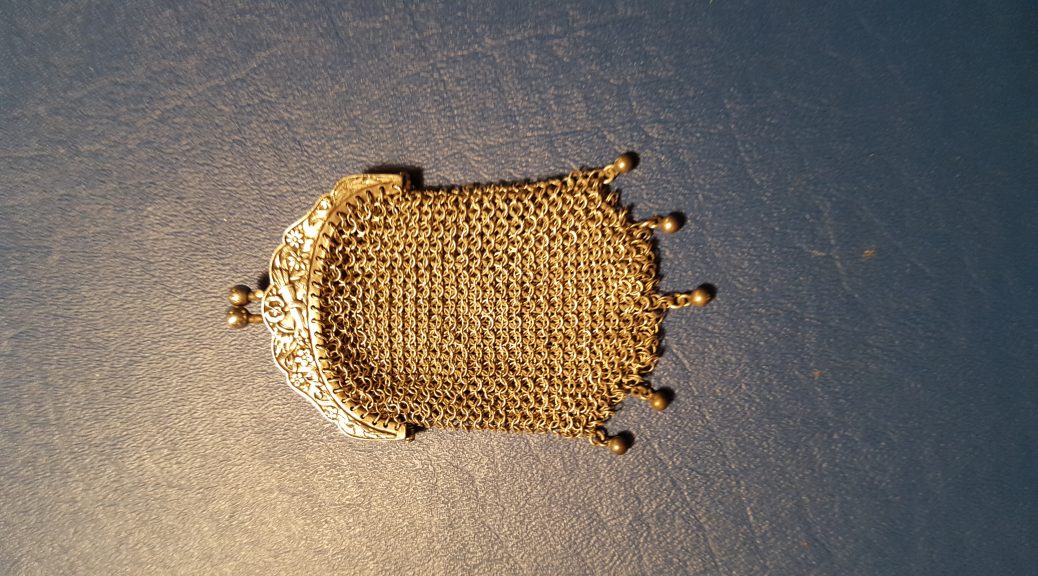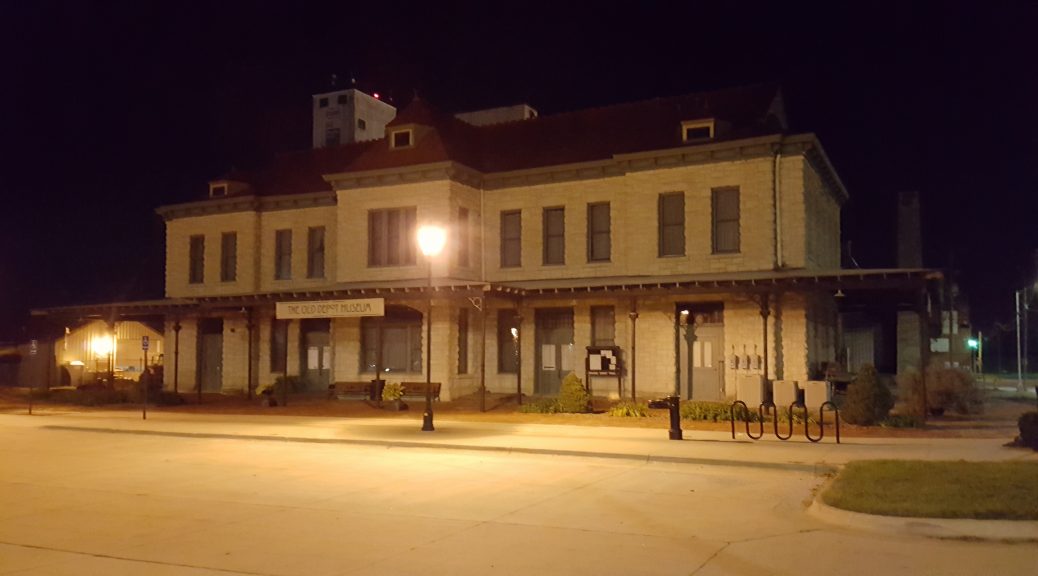German Coin Purse
When U.S. soldiers came home from WW II they were not permitted to carry a lot of plunder. Very few stores were in operation by the time the men came home. I don’ t really know where Dad got this little purse. It was his gift to me from Germany. It’s only about three inches long. If only objects could talk! Do you have an object from your past that begs an explanation? To see my books visit http://www.amazon.com/-/e/B007F5H0H4
Coming Home
After WW II in Europe, every soldier had one thing on their mind–getting home. That proved to be a monumental task with 2.4 million troops to get back across the pond. The Queen Mary and Queen Elizabeth carried many of them. In order to get as many men home as soon as possible, they packed them like sardines. The troops had to take shifts in the bunks. It took between 5 to 10 days to make the trip. Many wives, in…
Train Stations–WW II
The Ottawa, Kansas train station still stands, although today it serves as a museum. Sitting forty-five miles southwest of Kansas City, it has seen its share of departures and homecomings. On a late October night, 1945, my dad arrived from his mandatory trip of almost a year in France and Germany at the request of the U.S. Army. Thus his commitment ended from his draft notice delivered to him twenty-seven months earlier. After the war, he went on…
Mail in WW II
With today’s Skype, IMs, and e-mails, communication with those in battle zones it’s instantaneous. Not so in WW II. Letters sometimes took four weeks to reach their intended target. A GIs letter was first censored to make sure the author didn’t divulge any information as to where they were in case the letter fell into enemy hands. The 8 1/2″ x 11″ letter was then photographed and shrunk to 4″ x 5″ in order to save space on planes. The soldier…

